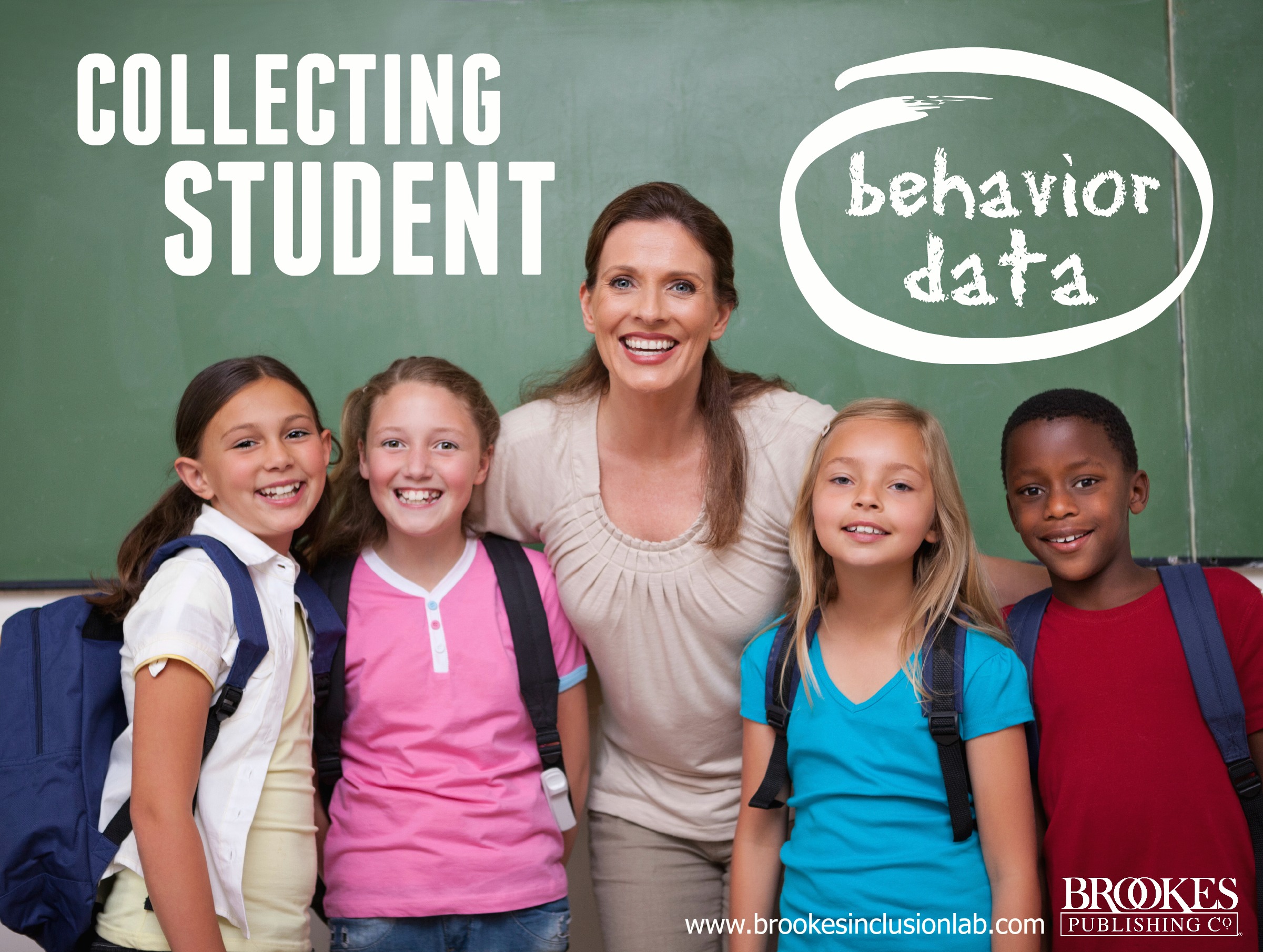


You’ve got great universal behavior supports in place for your classroom—but every year, you’ll have at least some students who need more. How can you determine when your universal supports aren’t working for some students? What’s the best way to pinpoint which students may need more targeted behavior supports? The key is effective data collection, and today’s post gives you some quick guidelines you can use as a starting point.
Here are 6 possibilities for collecting data on your students’ behavior. Excerpted and adapted from The Teacher’s Pocket Guide for Positive Behavior Support by Tim P. Knoster and Robin Drogan, these methods can be used in any classroom to help identify students who may need targeted behavior supports.
One place to start at the beginning of the school year is by creating a list of students who may have been eligible for or received targeted supports. With permission from your principal, you might ask teachers from the prior year for a short list of students who needed the most academic, social-emotional, and behavioral support. (Remember, though, that classroom environments may have significant differences, and that could be a contributing factor.) Your school’s guidance counselor and your students’ parents could be other possible resources for putting together a preliminary list.
To monitor behavior in real time in your classroom, you might consider using a tally and adding to it each time a behavior of concern occurs. This direct observation method is a good strategy to use for behaviors that occur often in your classroom but not so often that they’re too cumbersome to count. You can collect frequency data throughout the entire day or sample it for a quick snapshot during an allotted time period (e.g., tally how many times a student is out of their seat in a half-hour period).
For this type of direct observation, you record the occurrence or nonoccurrence of behaviors during predetermined intervals, or blocks of time. For example, a daily checklist for a 45-minute math class could be broken down into three 15-minute intervals. As the class progresses, you’d simply check off whether a behavior has occurred or not occurred within each 15-minute block of time. You can make your blocks of time longer or shorter, depending on what type of student behavior you want to measure in your classroom.
Anecdotal recording is just what it sounds like: you sit down and write a brief summary of the targeted student behavior you’ve observed throughout the school day (or whatever timeframe you choose). As you record your observations, it’s important to be as objective as possible. Write down facts, not interpretations or judgments, so you can meaningfully use the information to help create a plan.
Consider conducting a review or attendance and other school records, and look for patterns that may indicate cause for concern. Repeated absences from school, reported changes in sleep or eating patterns, repeated tardiness, increasing visits to the school nurse, or many instances of incomplete work could indicate that the student needs additional supports. Be cautious, though, and keep in mind that these patterns aren’t always clear indicators of internalizing conditions. You’ll want to involve school counselors or the school psychologist in the process of analyzing the data to look for indicators of concern.
Combining a social-emotional and behavioral screener with direct observation data may give you the most complete picture of your students’ behavior. Whenever possible, you may want to include a teacher and parent rating scale in your data collection process. This is a good way to gather more in-depth information about a particular student, or even about your class as a whole. For example, if you screen your students and discover that too many are having trouble engaging in expected behavior for the majority of the class period, it may be a sign that your expectations need to be clearer or that students need more reinforcement for positive behavior.
These are just some of the approaches to data collection you can use to identify students potentially in need of targeted support. Here are some overarching principles to keep in mind when collecting data:
Explore The Teacher’s Pocket Guide for Positive Behavior Support , a friendly, down-to-earth on using targeted Tier 2 behavior interventions in your classroom. It’s packed with encouraging advice, proven strategies, and relatable anecdotes from two experts on behavior.